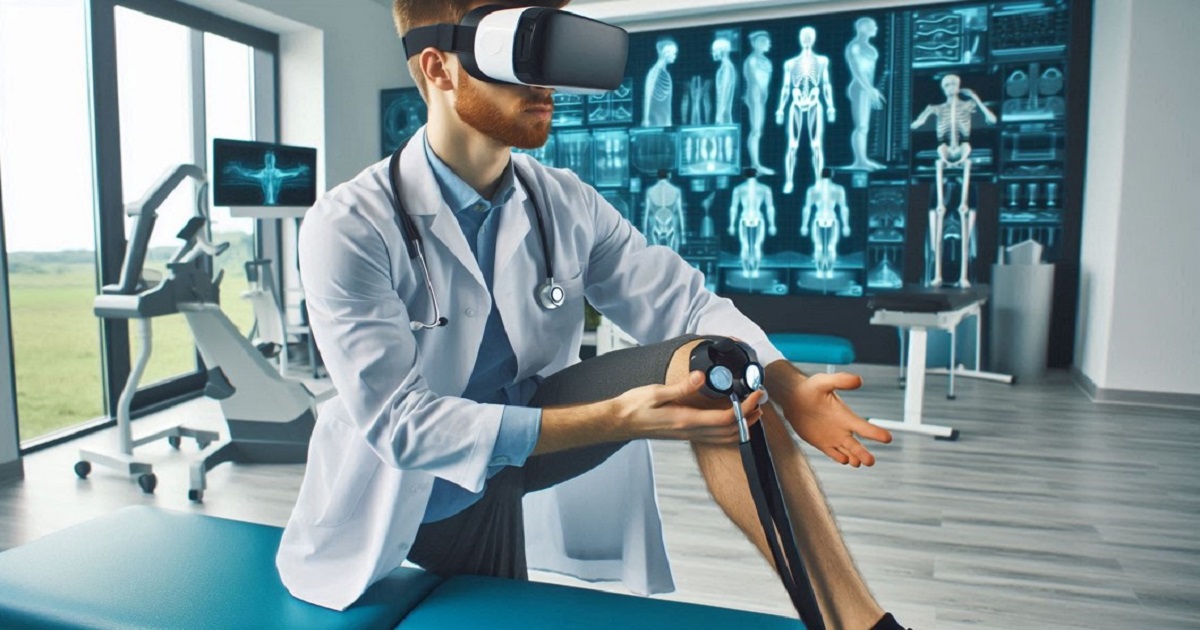New Trends in Physiotherapy Care: Improvements in Functionality, Pain Management, and Quality of Life
Topic Information
Dear Colleagues,
Physiotherapy is emerging as one of the most rapidly expanding fields within healthcare systems, while rehabilitation is undergoing significant modernization across various specialties, including neurology, cardiology, rheumatology, and traumatology. The integration of new systems and protocols represents an unstoppable wave of progress; however, these clinical advancements demand robust evidence, making it essential to publish findings that validate and support the efficacy of new interventions.
Key areas of impact today include exercise-based therapies, telerehabilitation, virtual reality applications, and the evolving paradigm of pain management. This Topic aims to offer a comprehensive overview of the latest developments in rehabilitation, addressing critical clinical challenges such as pathophysiology, risk factors, diagnostic strategies, cost-effective intervention methods, treatment efficacy, innovative clinical perspectives, and the formulation of new rehabilitation protocols.
Researchers in the field are invited to contribute original articles or comprehensive reviews to this Topic. Please note that case reports and short reviews will not be considered.
- Exercise therapy.
- Telerehabilitation.
- New tends in rehabilitation.
- Pain management.
- Neurology.
- Rheumatology.
- Musculoskeletal.
- Manipulations.
- Cost-effectiveness.
Dr. Carlos Bernal-Utrera
Dr. Ernesto Anarte-Lazo
Prof. Dr. Juan José González Gerez
Topic Editors
Keywords
- rehabilitation
- occupational therapy
- telerehabilitation
- neurology
- cardiovascular rehabilitation
- exercise
- musculoskeletal manipulation
- rheumatology
- pain
